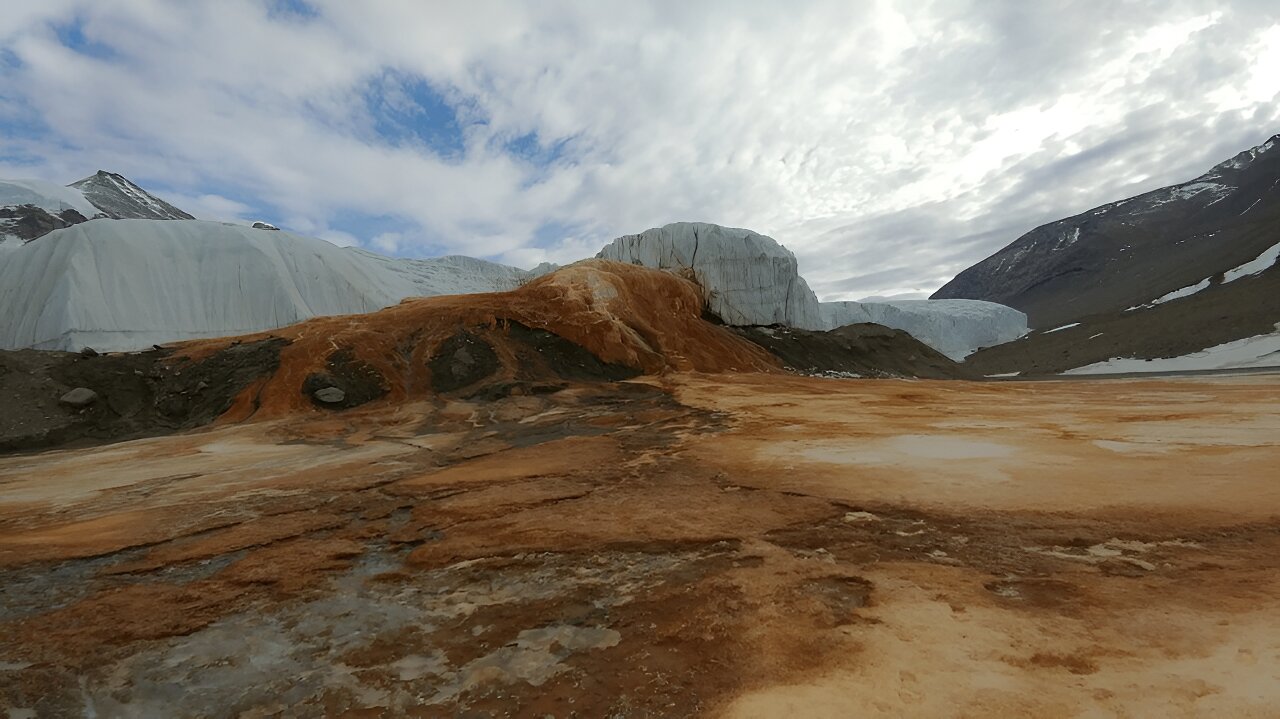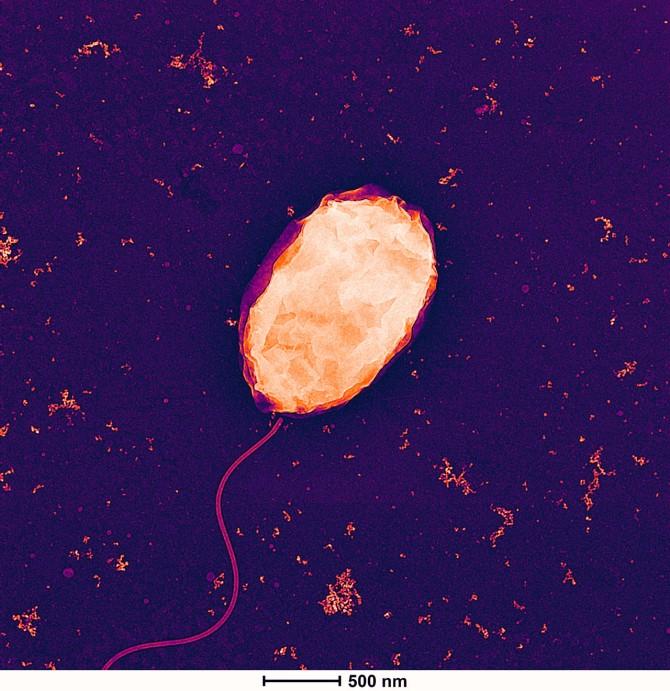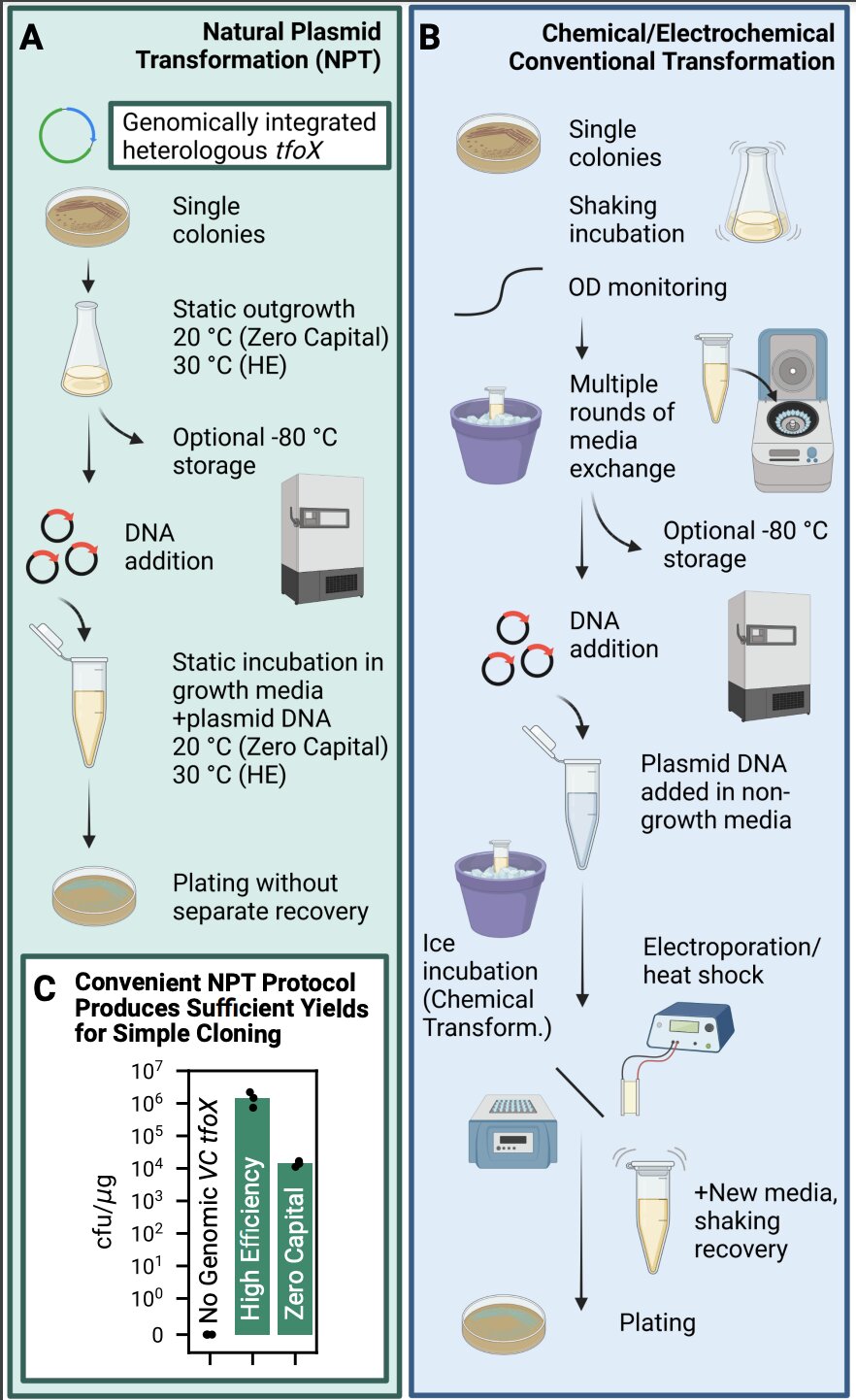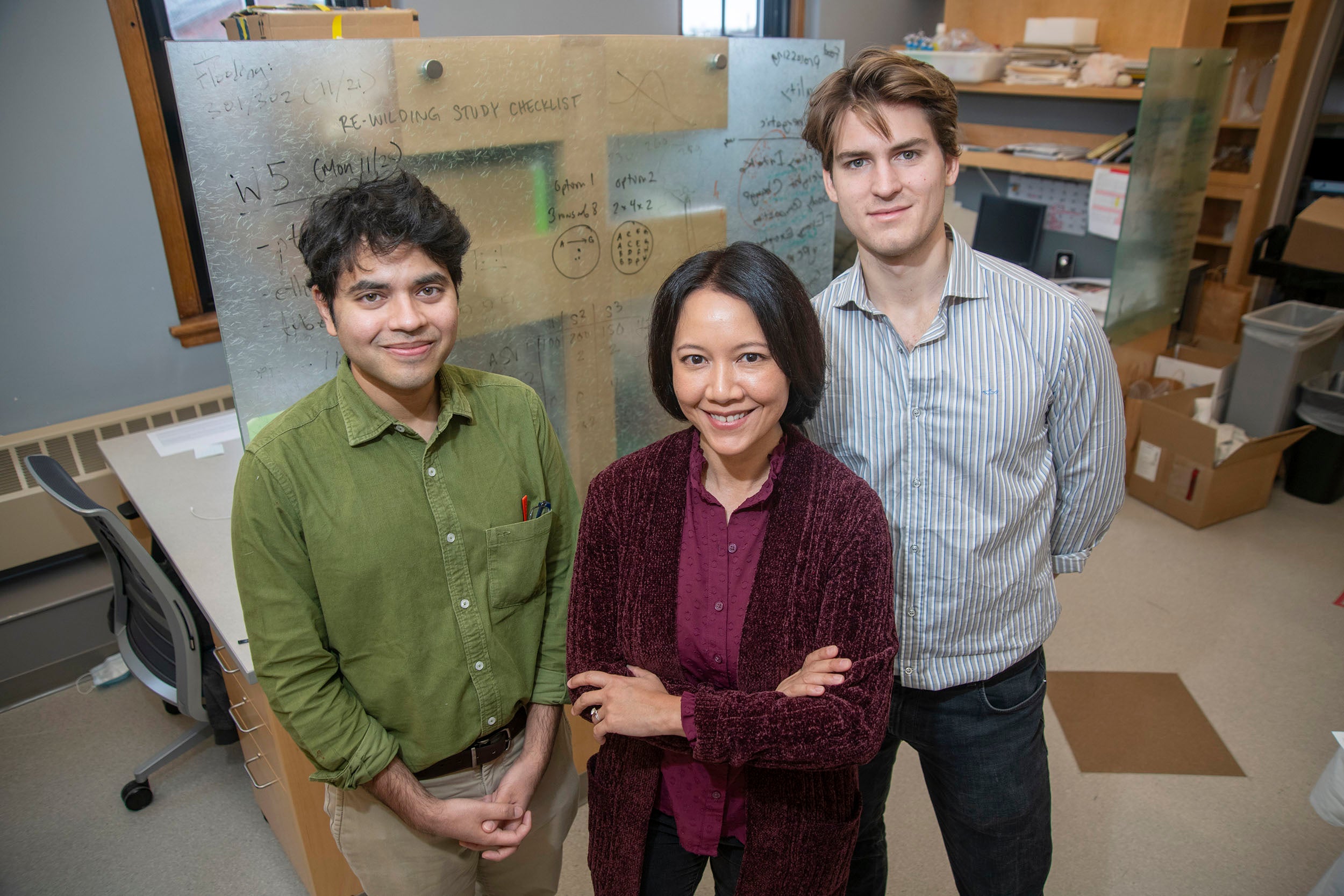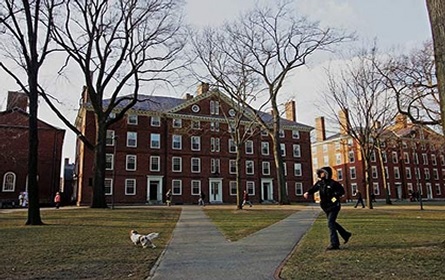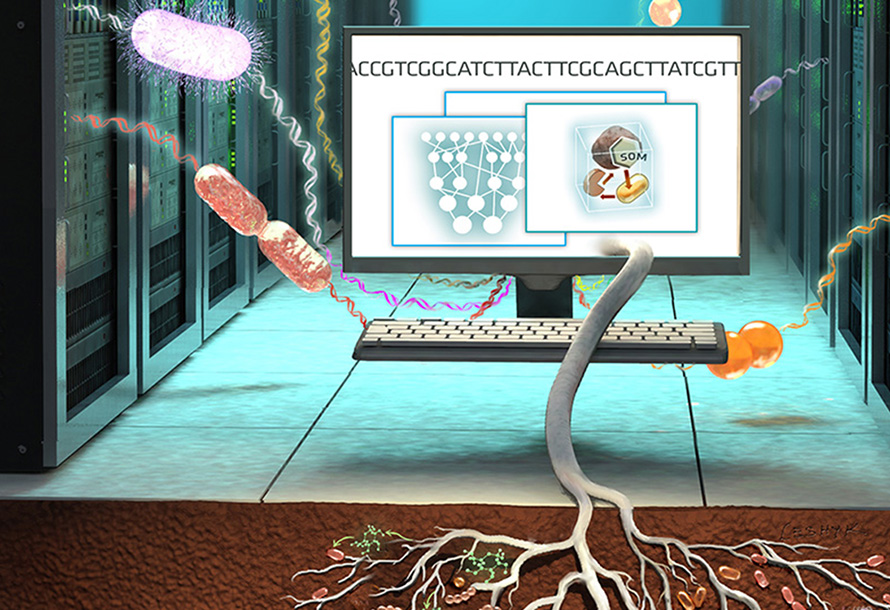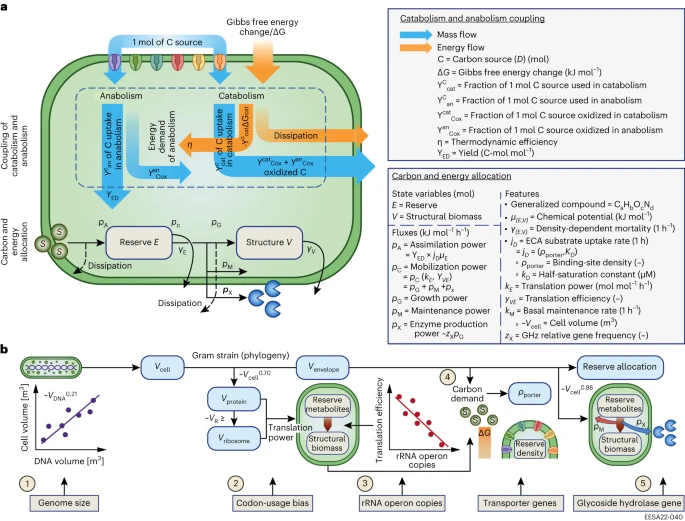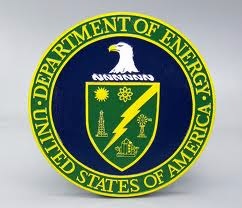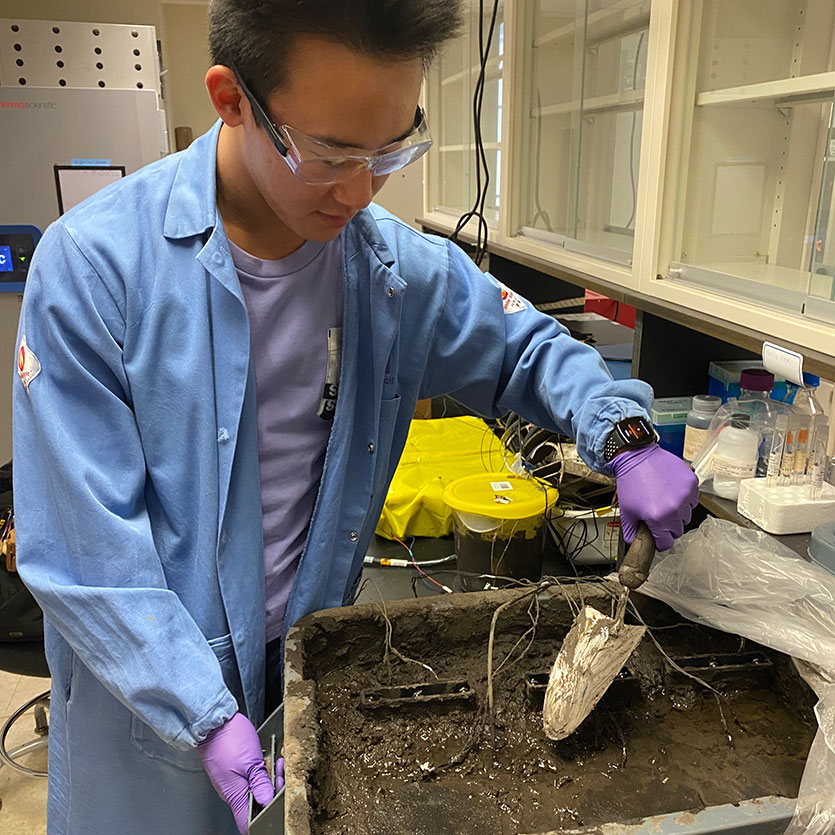From The University of Arizona
3.20.24
Media contact
Niranjana Rajalakshmi
Science Writer, University Communications
niranjanar@arizona.edu
917-415-3497
Researcher contact
Raina Maier
Department of Environmental Science
rmaier@arizona.edu
520-621-7231
Ahead of World Water Day on Friday, environmental science professor Raina Maier discusses the use of microbial surfactants or soaps for water remediation.

An acidic red lake that formed in the pit of an abandoned copper mine in Cyprus.
Raina Maier, a University of Arizona professor of environmental science, has a special connection to World Water Day. Her research in environmental microbiology and water remediation is positioned squarely at the confluence of science, sustainability and societal well-being.
World Water Day, officially designated in 1993 by the United Nations, is observed annually on March 22. The day was intended to inspire action regarding the global water crisis, with the ultimate focus being “water and sanitation for all by 2030.”

Raina Maier
This year’s “Water for Peace” campaign highlights how water scarcity, pollution and unequal access can exacerbate tensions between communities and nations.
Maier’s work focuses on the crucial role of microorganisms in water and soil environments and their application in metal extraction and environmental cleanup. In this Q&A, she talks about the microbially produced surfactants or soaps, their role in recovering critical metals from water streams and the biosurfactants’ overall effect on water treatment.
Q: Could you elaborate on the significance of using microbes for critical metal recovery?
A: A critical metal is a metal needed for electrification of society. They are important for making copper wires, batteries and electronics in general. As we transition from petroleum-based energy towards green energy and infrastructure, we need a growing amount of these metals. In collaboration with scientists from Clemson University and Georgia Tech University, we did a first analysis of the natural and waste waters in the U.S. and found that a significant portion of the U.S. demand for the critical rare earth elements could be met by harvesting the elements from these water sources.
That would reduce the need for hard rock mining, which requires large amounts of energy and water to take rock out of the ground, crush and extract metals from it. Harvesting metals directly from natural and waste waters has the potential to save a lot of energy. We are developing a harvesting technology that uses surfactants or soaps that are made by bacteria. In collaboration with University of Arizona chemists, we now can make these bacterial surfactants synthetically and apply them to selectively take the rare earth elements out of wastewater solutions. We are working with several mining companies who are interested in the technology to harvest metals from mining waste streams and want to help us move it along to commercialization.
Q: Can you explain in detail about how these biosurfactants capture metals?
A: I got interested in biosurfactants as a graduate student and continued studying them as a new faculty member at the University of Arizona. One of the discoveries my lab made in the early 1990s was that these surfactants could bind metals, thanks to the fact that the surfactants have complex structures that create a metal-binding pocket. The pocket is just the right size, so that it fits and binds large metals like rare earth elements better than common soil and water ions like calcium or magnesium. We have worked over the years to understand this metal binding and to develop technologies to recover metals from real world solutions.
Q: What type of microbes are they? How does this metal recovery work on a large scale?
A: Our initial work focused on a bacterial surfactant called rhamnolipid, which is produced by Pseudomonas aeruginosa and related species. Rhamnolipids have either one or two fatty acid or lipid tails that don’t like to mix with water, and one or two sugar heads that do like to mix with water. Bacterial rhamnolipids come as complex mixtures of 40 or more different rhamnolipids — the tails might be longer or shorter, or there could be one or two sugars, for instance. So, there is batch-to-batch variability when you produce these microbially. The thought behind making them synthetically is that not only can one make a single rhamnolipid, but one can choose the surfactant you want to make and make it with high purity and in large quantity. So, the ability to make these surfactants synthetically has opened a new door, because we now can choose the structure we want to make. We’re working with modelers at the University of Arizona to make rhamnolipid-like surfactants with different size pockets. This research is based on the hypothesis that we can tune the structure of the surfactant pocket to be selective for a particular metal or a rare earth element.
Q: Do these biosurfactants produce a qualitative change in the water streams?
A: Wastewater from mining activities, including acid mine drainage, contains a large variety of metals. It is estimated that acid mine drainage affects and degrades the quality of 10,000 miles of waterways in the United States. We are currently working with mining companies to create treatment platforms that would allow us to sequentially remove all metals from these mining waste streams to produce water that can be reused or returned to the environment. This involves using a variety of approaches and steps to first separate metals from each other and then recover them for reuse or disposal. The bioinspired surfactants are part of the last steps of this technology and are applied to selectively remove metals, like the rare earth elements, that are of value for reuse.
Q: Has critical metal recovery using biosurfactants been implemented already?
A: It has not been implemented in the field yet. But we have groundwater samples from the U.S. Department of Energy that contain uranium and we have several mining company wastewaters that are very complex with a multitude of metals at very different concentrations. We are working to develop strategies on these actual samples. So we moved from very fundamental research for understanding the surfactant-metal interactions, to working with model metal mixture solutions we’ve created in the lab, to now working with real world solutions. The next step is to build and test a pilot scale facility in the field, which is what we’re hoping to do soon.
Q: What other applications do these biosurfactants have pertaining to water?
A: These biosurfactants are truly amazing molecules. We have found that they have application for use in dust suppression. Right now, mining companies suppress dust on their roads and mine tailings piles by watering several times a day. But water is a precious commodity. So, we are testing adding these same surfactants to the water. These surfactants help for a crust formation on the mine tailings surface that reduces the need for such frequent water application.
Another area of interest is the treatment of groundwater that is contaminated with uranium. We have many such sites on the Navajo Nation in Arizona. Many of these communities don’t have access to advanced water treatment systems, so our team envisions building column systems packed with these surfactants that could locally treat groundwater to remove uranium and provide potable water.
See the full article here .
Comments are invited and will be appreciated, especially if the reader finds any errors which I can correct.

five-ways-keep-your-child-safe-school-shootings
Please help promote STEM in your local schools.
The University of Arizona enrolls over 49,000 students in 19 separate colleges/schools, including The University of Arizona College of Medicine in Tucson and Phoenix and the James E. Rogers College of Law, and is affiliated with two academic medical centers (Banner – University Medical Center Tucson and Banner – University Medical Center Phoenix). The University of Arizona is one of three universities governed by the Arizona Board of Regents. The university is part of the Association of American Universities and is the only member from Arizona, and also part of the Universities Research Association.
Known as the Arizona Wildcats (often shortened to “Cats”), The University of Arizona’s intercollegiate athletic teams are members of the Pac-12 Conference of the NCAA. The University of Arizona athletes have won national titles in several sports, most notably men’s basketball, baseball, and softball. The official colors of the university and its athletic teams are cardinal red and navy blue.
After the passage of the Morrill Land-Grant Act of 1862, the push for a university in Arizona grew. The Arizona Territory’s “Thieving Thirteenth” Legislature approved The University of Arizona in 1885 and selected the city of Tucson to receive the appropriation to build the university. Tucson hoped to receive the appropriation for the territory’s mental hospital, which carried a $100,000 allocation instead of the $25,000 allotted to the territory’s only university Arizona State University was also chartered in 1885, but it was created as Arizona’s normal school, and not a university). Flooding on the Salt River delayed Tucson’s legislators, and by the time they reached Prescott, back-room deals allocating the most desirable territorial institutions had been made. Tucson was largely disappointed with receiving what was viewed as an inferior prize.
With no parties willing to provide land for the new institution, the citizens of Tucson prepared to return the money to the Territorial Legislature until two gamblers and a saloon keeper decided to donate the land to build the school. Construction of Old Main, the first building on campus, began on October 27, 1887, and classes met for the first time in 1891 with 32 students in Old Main, which is still in use today. Because there were no high schools in Arizona Territory, the university maintained separate preparatory classes for the first 23 years of operation.
Research
The University of Arizona is classified among “R1: Doctoral Universities – Very high research activity”. UArizona is the fourth most awarded public university by National Aeronautics and Space Administration for research. The University of Arizona was awarded over $300 million for its Lunar and Planetary Laboratory (LPL) to lead NASA’s 2007–08 mission to Mars to explore the Martian Arctic, and $800 million for its OSIRIS-REx mission, the first in U.S. history to sample an asteroid.

The LPL’s work in the Cassini spacecraft orbit around Saturn is larger than any other university globally.

The University of Arizona laboratory designed and operated the atmospheric radiation investigations and imaging on the probe. The University of Arizona operates the HiRISE camera, a part of the Mars Reconnaissance Orbiter.


While using the HiRISE camera in 2011, University of Arizona alumnus Lujendra Ojha and his team discovered proof of liquid water on the surface of Mars—a discovery confirmed by NASA in 2015.
The University of Arizona receives more NASA grants annually than the next nine top NASA/JPL-Caltech-funded universities combined. The University of Arizona’s Lunar and Planetary Laboratory is actively involved in ten spacecraft missions: Cassini VIMS; Grail; the HiRISE camera orbiting Mars; the Juno mission orbiting Jupiter; Lunar Reconnaissance Orbiter (LRO); Maven, which will explore Mars’ upper atmosphere and interactions with the sun; Solar Probe Plus, a historic mission into the Sun’s atmosphere for the first time; Rosetta’s VIRTIS; WISE; and OSIRIS-REx, the first U.S. sample-return mission to a near-earth asteroid, which launched on September 8, 2016.








The University of Arizona students have been selected as Truman, Rhodes, Goldwater, and Fulbright Scholars. According to The Chronicle of Higher Education, UArizona is among the top producers of Fulbright awards.
The University of Arizona is a member of the Association of Universities for Research in Astronomy , a consortium of institutions pursuing research in astronomy. The association operates observatories and telescopes, notably Kitt Peak National Observatory just outside Tucson.

Led by Roger Angel, researchers in the Steward Observatory Mirror Lab at The University of Arizona are working in concert to build the world’s most advanced telescope. Known as the Giant Magellan Telescope (CL), it will produce images 10 times sharper than those from the Earth-orbiting Hubble Telescope.

GMT will ultimately cost $1 billion. Researchers from at least nine institutions are working to secure the funding for the project. The telescope will include seven 18-ton mirrors capable of providing clear images of volcanoes and riverbeds on Mars and mountains on the moon at a rate 40 times faster than the world’s current large telescopes. The mirrors of the Giant Magellan Telescope will be built at The University of Arizona and transported to a permanent mountaintop site in the Chilean Andes where the telescope will be constructed.
Reaching Mars in March 2006, the Mars Reconnaissance Orbiter contained the HiRISE camera, with Principal Investigator Alfred McEwen as the lead on the project. This National Aeronautics and Space Agency mission to Mars carrying the UArizona-designed camera is capturing the highest-resolution images of the planet ever seen. The journey of the orbiter was 300 million miles. In August 2007, The University of Arizona, under the charge of Scientist Peter Smith, led the Phoenix Mars Mission, the first mission completely controlled by a university. Reaching the planet’s surface in May 2008, the mission’s purpose was to improve knowledge of the Martian Arctic. The Arizona Radio Observatory , a part of The University of Arizona Department of Astronomy Steward Observatory , operates the Submillimeter Telescope on Mount Graham.



The National Science Foundation funds the iPlant Collaborative in with a $50 million grant. In 2013, iPlant Collaborative received a $50 million renewal grant. Rebranded in late 2015 as “CyVerse”, the collaborative cloud-based data management platform is moving beyond life sciences to provide cloud-computing access across all scientific disciplines.
In June 2011, the university announced it would assume full ownership of the Biosphere 2 scientific research facility in Oracle, Arizona, north of Tucson, effective July 1. Biosphere 2 was constructed by private developers (funded mainly by Texas businessman and philanthropist Ed Bass) with its first closed system experiment commencing in 1991. The university had been the official management partner of the facility for research purposes since 2007.









